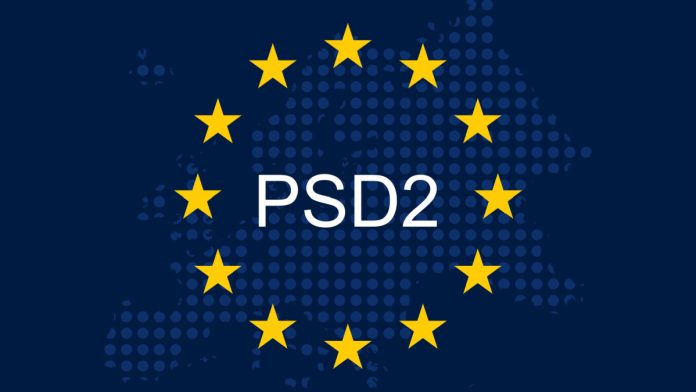Fraud analyst Forter has posted its latest results on the state of eCommerce fraud prevention across the European Economic Area (EEA), detailing that PSD2 regulation is having a significant impact on the customer journey.
Taking place one year after digital commerce strengthened its PSD2 compliance, the study focuses on Europe’s five biggest retail markets, surveying merchants from the UK, Germany, France, Spain, and Italy.
Respondents have stated that they lose between eight and 10 percent of their revenue on average because of strong customer authentication (SCA) checks and 3DS being implemented.
Forter highlighted that in the UK the amount of successful transactions that have been subjected to SCA and 3DS scanning is 79%, which the company described as “serious” due to merchants losing more than 20% of transactions at the end.
However, it also noted that the UK remains the country with the highest authorisation rate (92%) out of all markets studied despite being last in fully implementing PSD2 regulations. Even more, Forter adds that UK challenger banks have the best 3DS success rate (87%) out of all issuers.
Across all markets, about 72% of 3DS-verified transactions on a mobile device are said to be successful. The report recommends that more work should be put into “optimising the customer experience for mobile-based transactions and the ease of which customers can complete 3DS challenges”.
In an interview for Payment Expert, VP of Payments at Forter Galit Shani-Michel, said: “European merchants have learned that using Strong Customer Authentication (SCA) in the form of 3DS applies a lot of friction to the checkout process. Some merchants have lost almost 30% of their transactions where 3DS was applied.
“We have also noticed that different issuers, even in the same country, treat exemption requests differently.
“Merchants need to optimise their use of exemptions, particularly in markets with low 3DS performance, and pay attention to the differences between issuers (which can change frequently and without warning).”




















